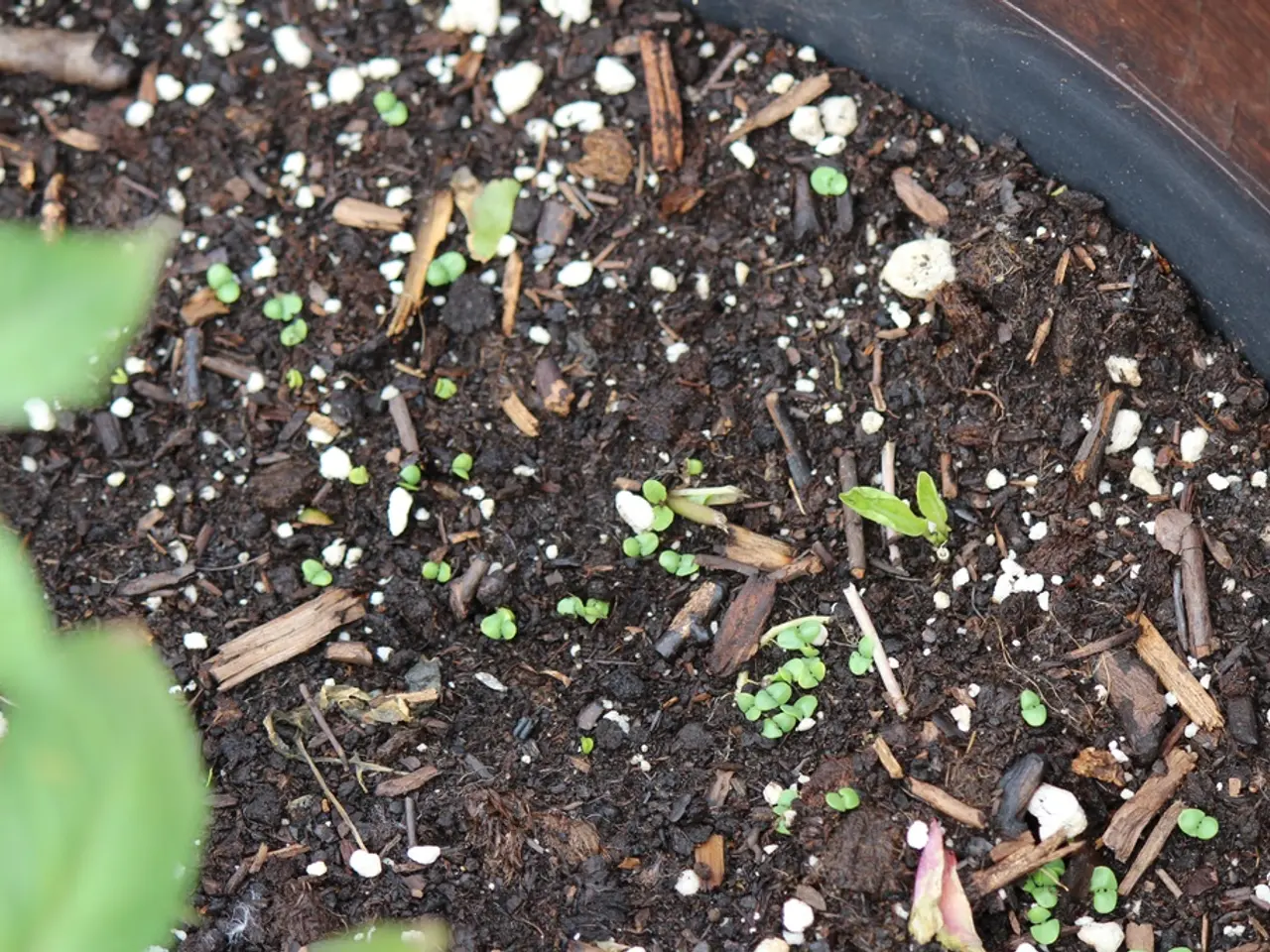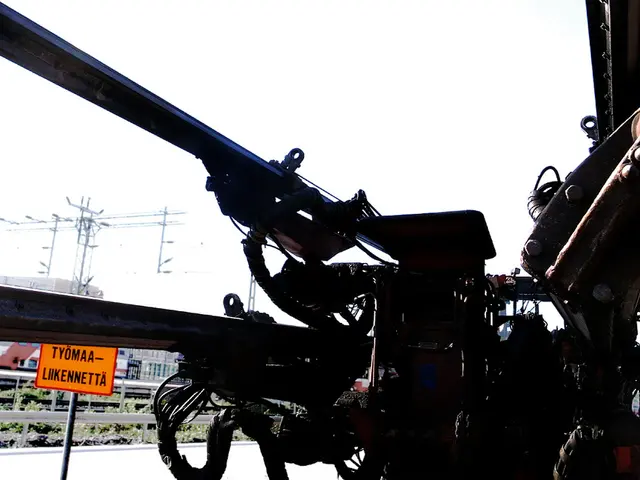Optimal Composition of Soil for Robust Plant Development
In the world of gardening, understanding the characteristics of different soil types is essential for growing a thriving and beautiful garden. Here's a detailed overview of the typical soil types – loamy, chalky, peaty, silty, sandy, and clay – and the ideal plants that flourish in each.
Loamy soil, a balanced mixture of sand, silt, and clay, is the most ideal general-purpose soil. Its good drainage and water retention, coupled with its fertile, rich organic matter, make it suitable for most plants, including vegetables, flowers, shrubs, and trees. This versatile soil is ideal for general gardening due to its balanced nutrients and moisture.
Chalky soil, high in calcium carbonate, is shallow and stony, with poor water retention. It tends to be dry and can cause nutrient deficiencies, especially of iron and phosphorus. However, plants tolerant of alkaline conditions like lavender, clematis, honeysuckle, lilac, and yew thrive in this soil. Adding organic matter and pH adjustments can help cultivate a wider variety of plants in chalky soil.
Peaty soil, formed from partially decomposed plant material in waterlogged conditions, has a high water-holding capacity and is acidic in nature. It supports acid-loving plants like azaleas, rhododendrons, blueberries, and heathers. Peat soil is often used in potting mixes for moisture retention.
Silty soil, with its fine particles and smoother texture than sand, retains moisture well but drains better than clay. It offers good fertility and holds nutrients effectively, making it suitable for crops needing consistent moisture like wheat, barley, and pasture grasses. In general gardens, it supports plants with moderate water needs.
Sandy soil, with large particles and large pores, has excellent drainage but poor water retention. It is low in nutrients and warms quickly in spring. Drought-tolerant and Mediterranean plants like rosemary, thyme, lavender, root vegetables like carrots and potatoes thrive in sandy soil. However, it requires frequent fertilization and organic matter addition to maintain its health.
Clay soil, with very small, fine particles, holds water and nutrients well but has poor drainage. It can become compacted and heavy. Plants that tolerate wet conditions like iris, willows, marsh marigold flourish in clay soil. Organic matter and sometimes sand are needed to improve its structure.
Adjusting soil with organic matter or pH amendments can expand the range of plants grown successfully in each soil type. Organic materials such as fallen leaves, yard trimmings, compost, and manure can improve the soil's structure and fertility when used in silty soil. Understanding the properties of sandy soil and selecting the right plants can lead to a thriving and beautiful low-maintenance garden.
For gardening in sloped properties with silty soil, preventing erosion is crucial. Cover crops or green manures can help protect the soil by anchoring it with their roots. When selecting plants for sandy soil, opt for drought-tolerant and low-maintenance varieties like Black-eyed Susan, Blanket flower, Butterfly bush, Carrots, Cucumbers, Lavender, Potatoes, Radishes, Artemisia, Daylilies, Giant allium, Sweet alyssum, and more.
Indoor plants can also benefit from understanding soil types, as some plants might thrive better in specific soil conditions. For instance, peaty soil, rich in organic matter, is suitable for plants like azaleas and ferns due to its high water-holding capacity.
Maintaining a balanced lifestyle that includes home-and-garden activities could involve improving soil health. Incorporating organic matter such as compost or manure into sandy soil can improve its structure, drainage, and overall health, making it more suitable for a variety of plants and promoting a beautiful garden.




